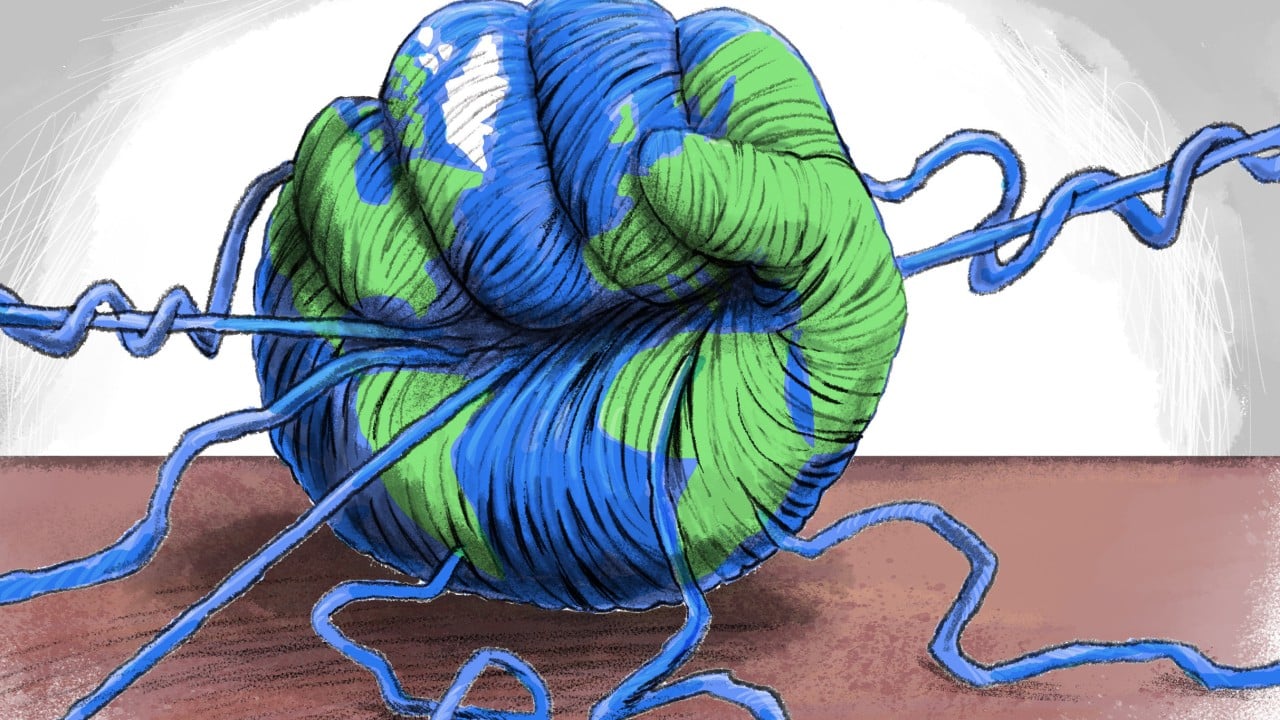History shows that world orders, disorders or new orders often result from the disturbing dynamics unleashed by crises amid the rise of new powers and the resistance of existing powers. Current dynamics can be understood by analysing how the world order is transitioning from a state of hegemony to one of “intertwined hegemony”.
Advertisement
Hegemony is a concept that was employed by Italian Marxist theorist Antonio Gramsci and is applied in international relations to describe the enduring aspects of an existing order maintained by a leading actor through a skilful combination of coercive and non-coercive power.
Hegemony is often associated with the United States, which has served as the primary hegemon shaping the post-war order. US hegemony has been exerted through its economic and military power, as well as through international institutions used as tools to uphold global norms, trade and security structures.
However, since September 11 and 2008 global financial crisis, the world order has undergone multiple crises and pivotal moments, such as China’s rise, the US-China rivalry, the global power rebalance caused by Covid-19, the US withdrawal from Afghanistan, the Russia-Ukraine war, China’s increasing role in the Middle East, Israel’s latest assault in Palestine and Donald Trump’s second term.
These crises and pivotal moments have exposed vulnerabilities in the existing world order and challenged the hegemony of Western-led institutions and norms.
Advertisement
The existing world order is facing crises across four key domains. Multilateral cooperation is increasingly elusive due to great power rivalries and interstate conflicts, highlighting a crisis of functionality as global institutions struggle to build consensus on critical issues, such as climate change, pandemics and cybersecurity.

